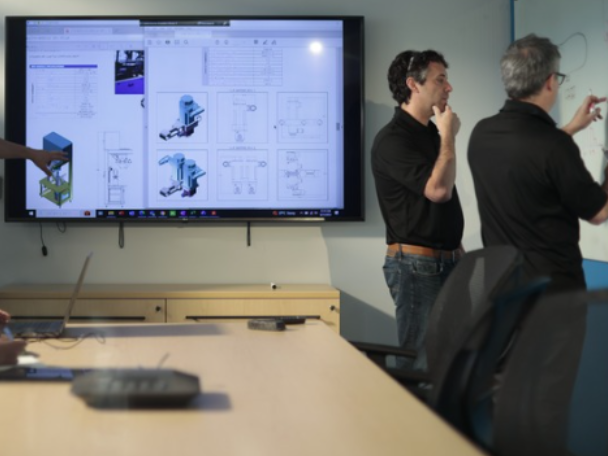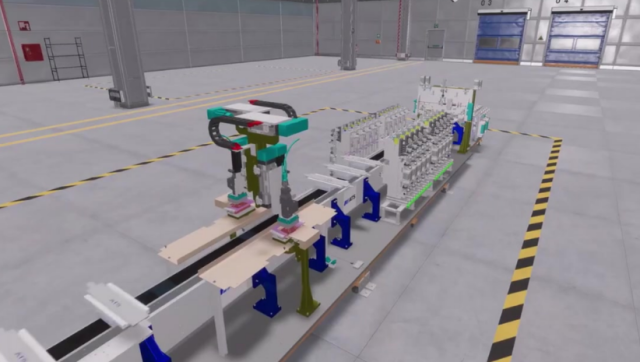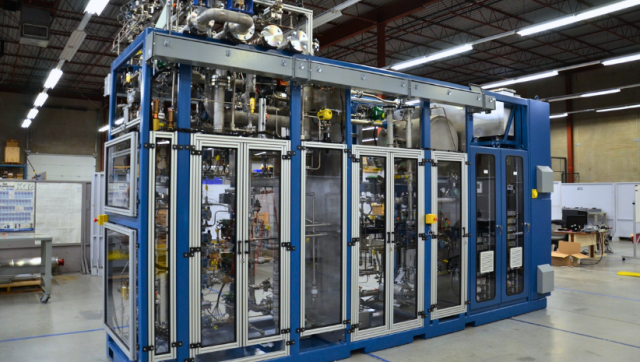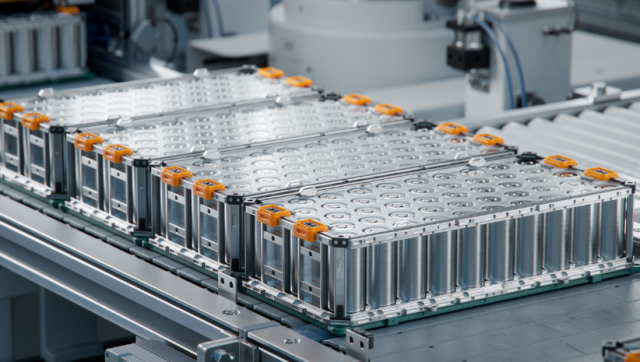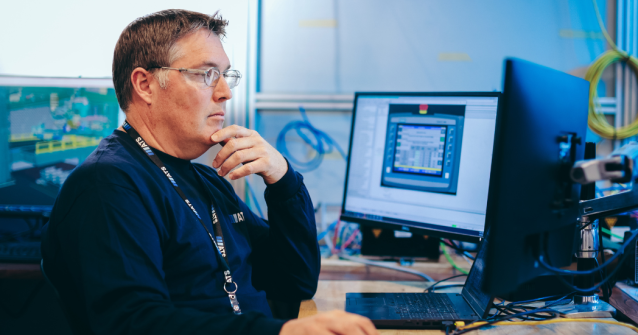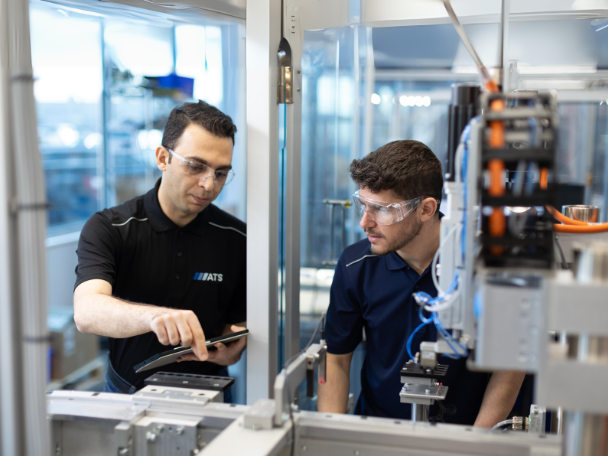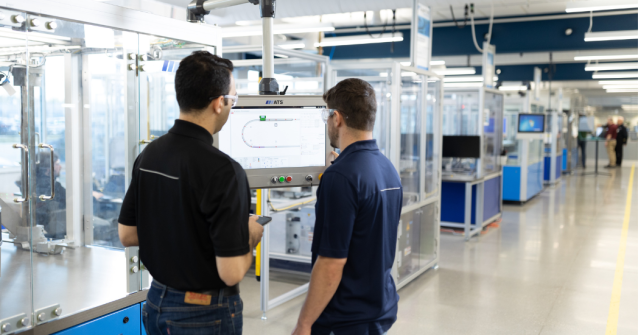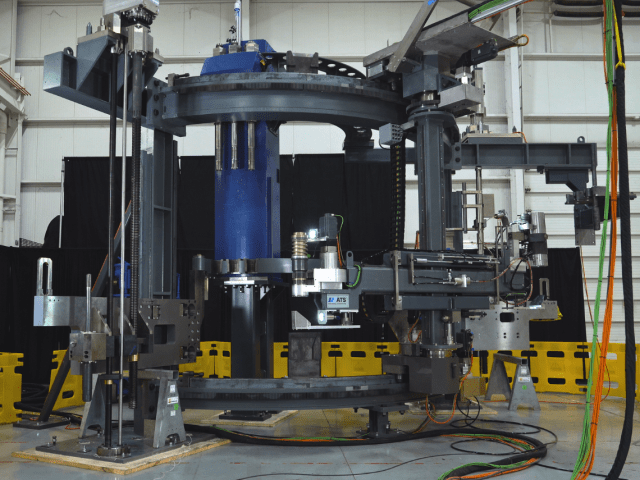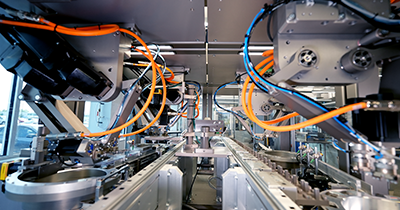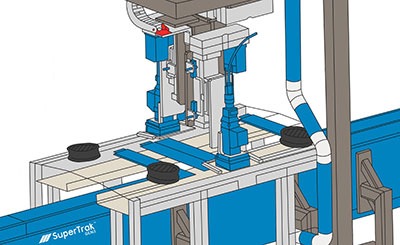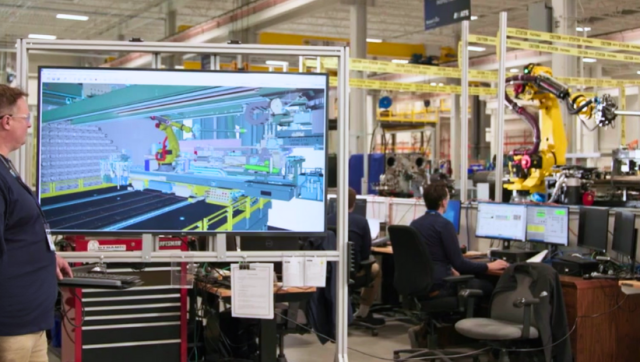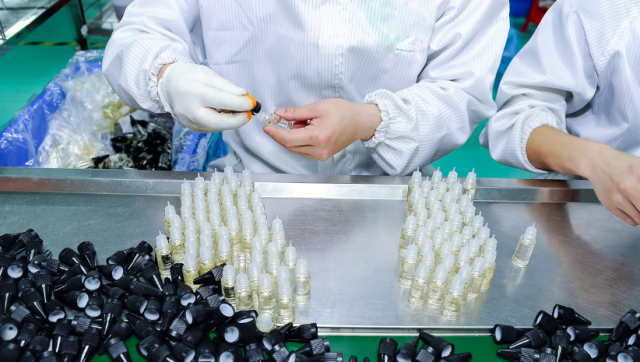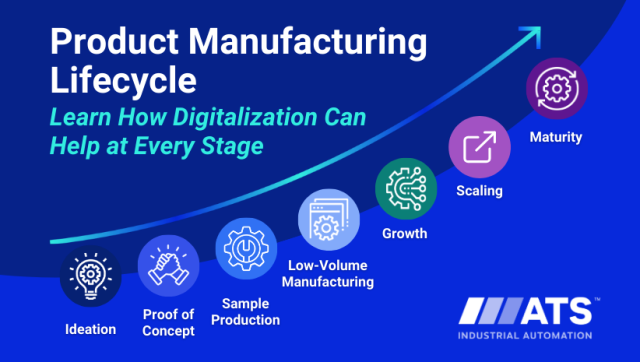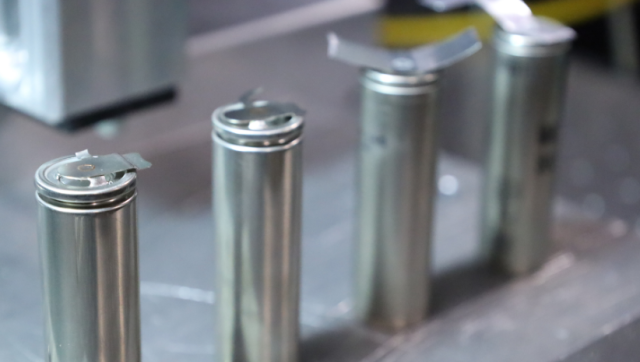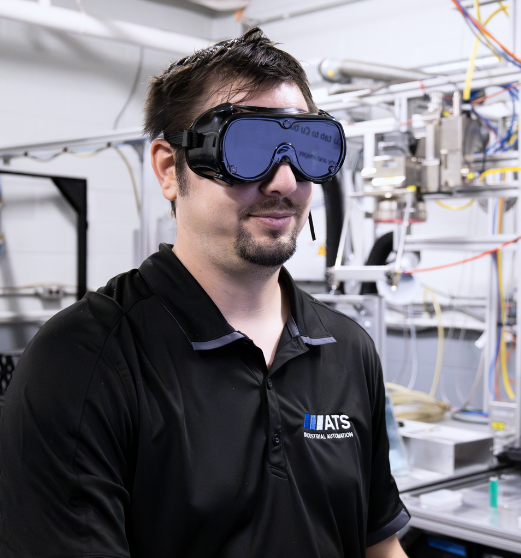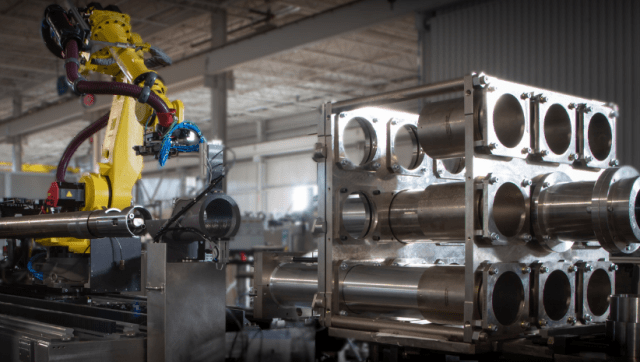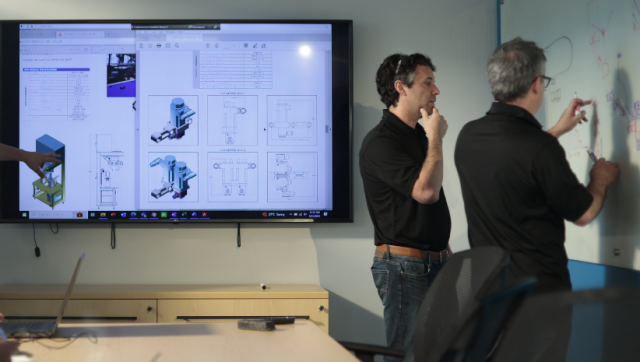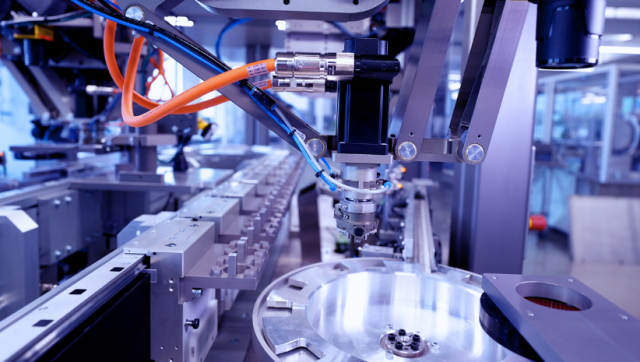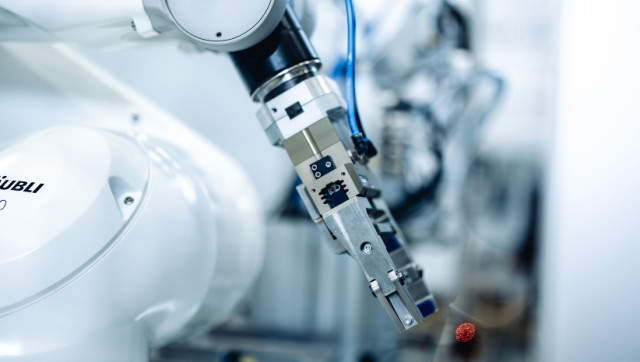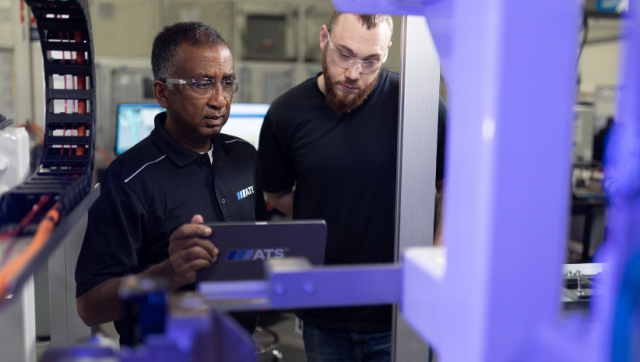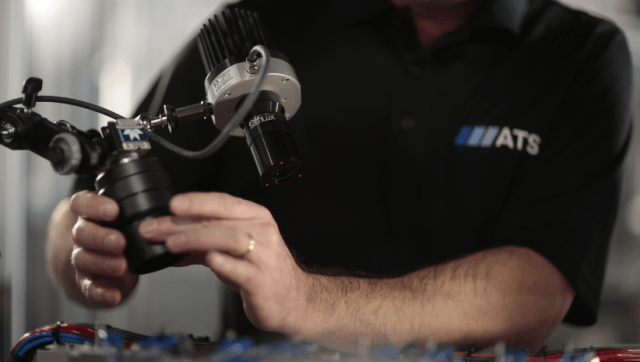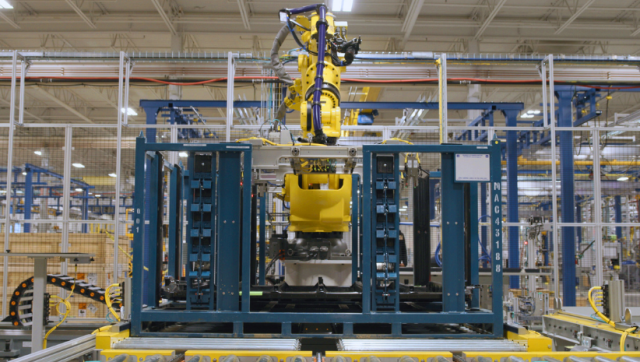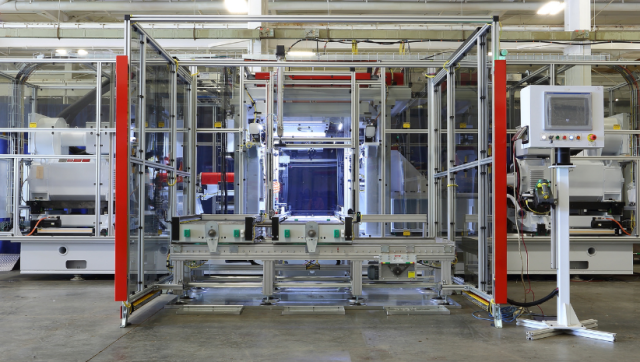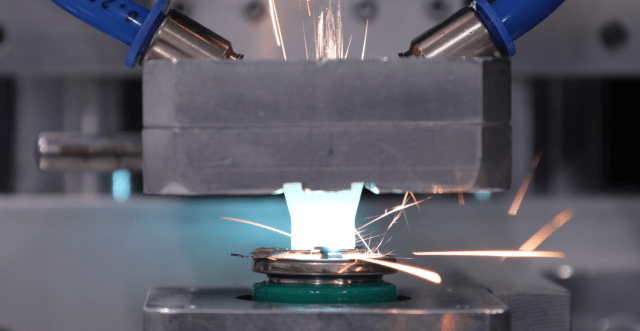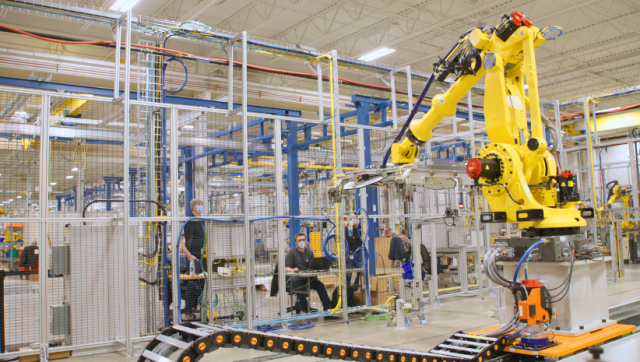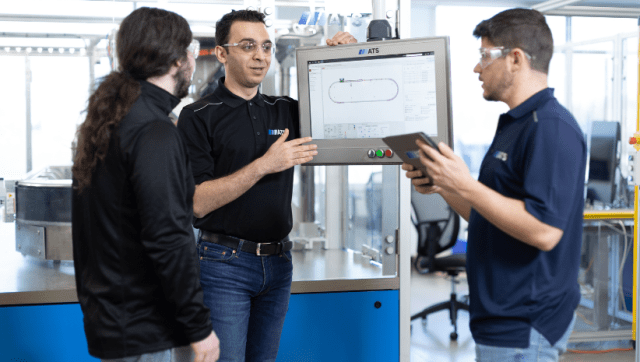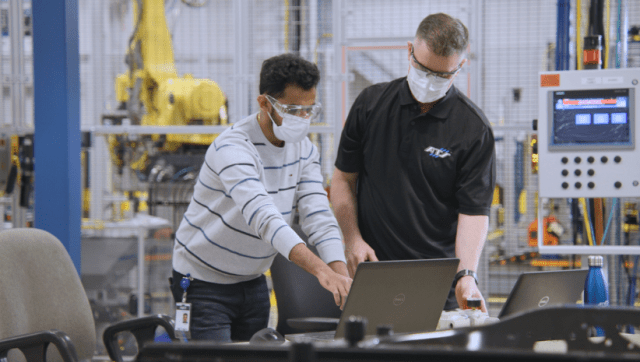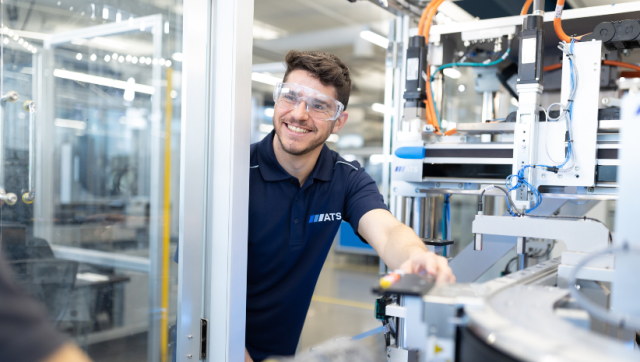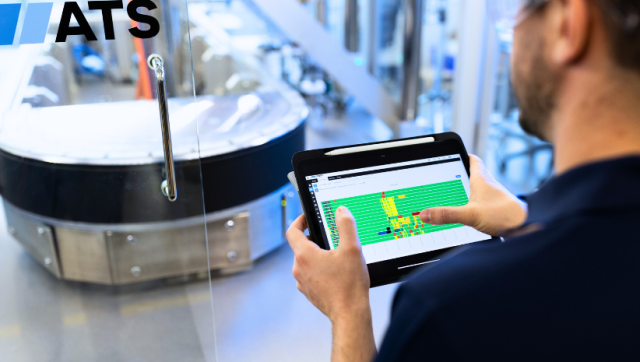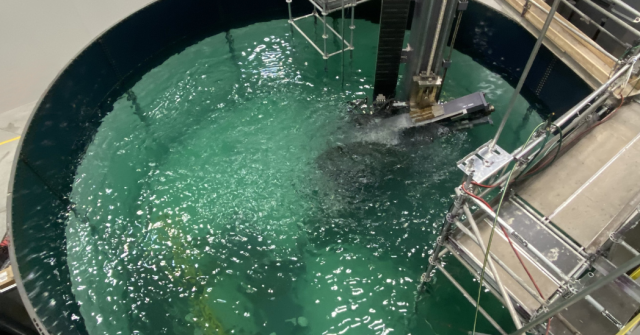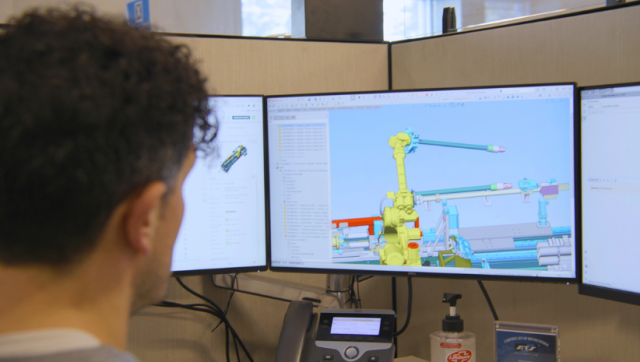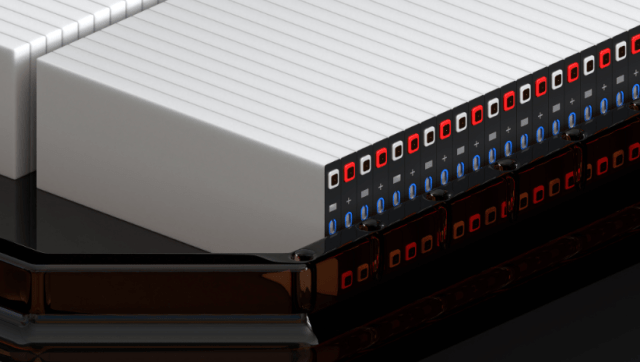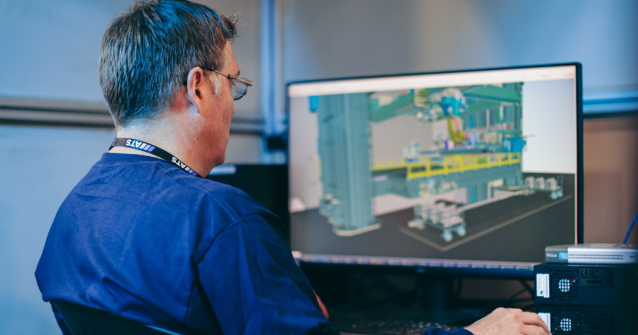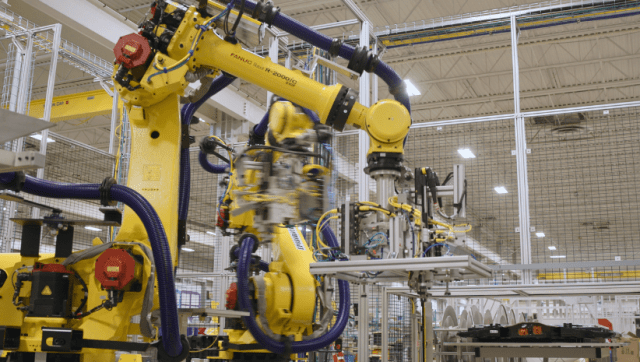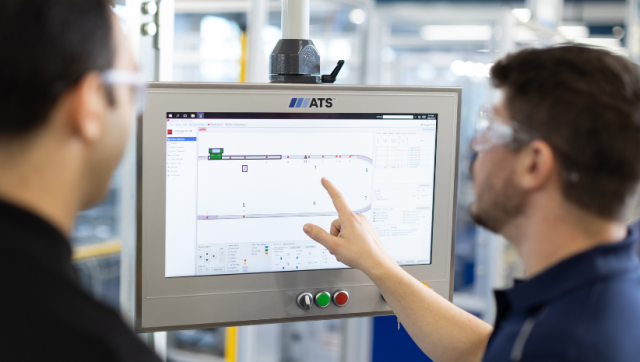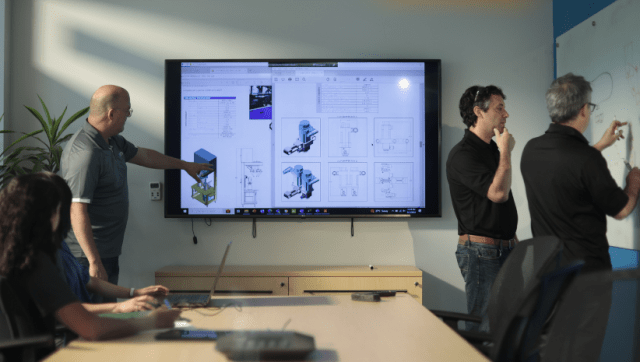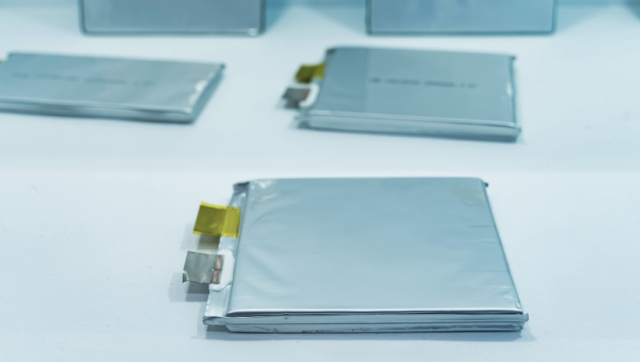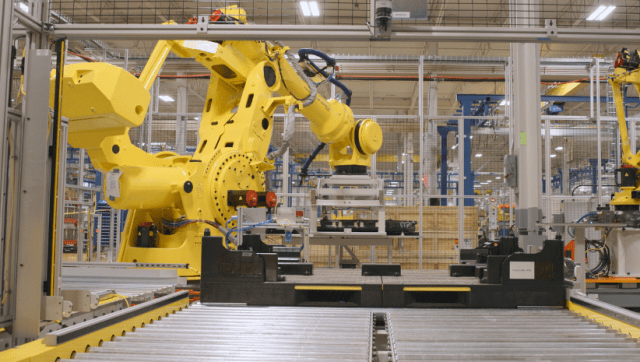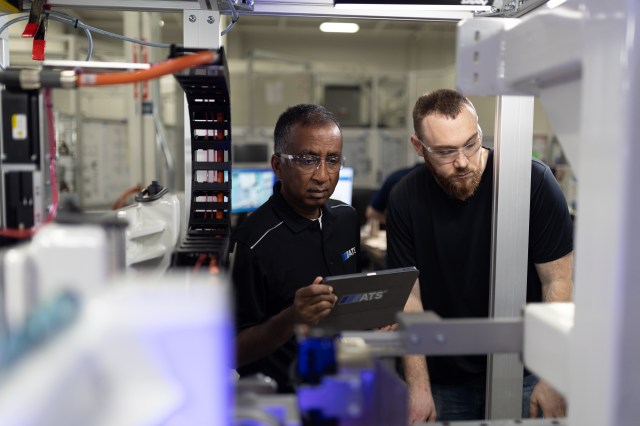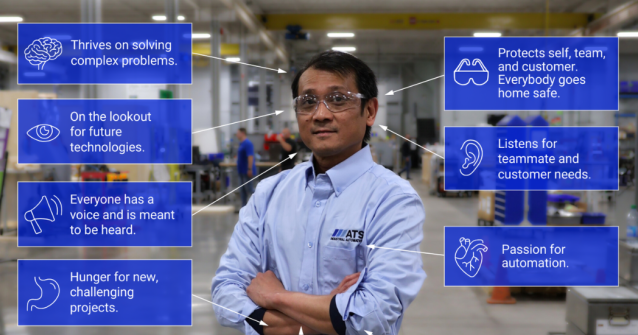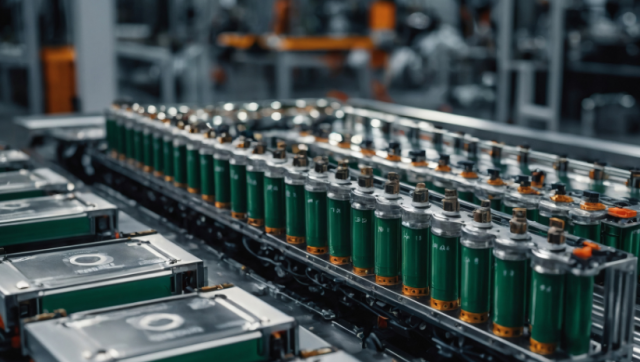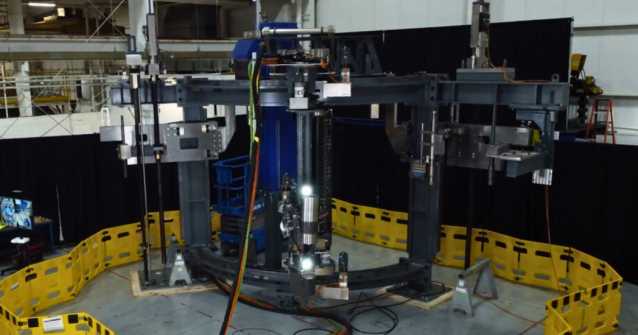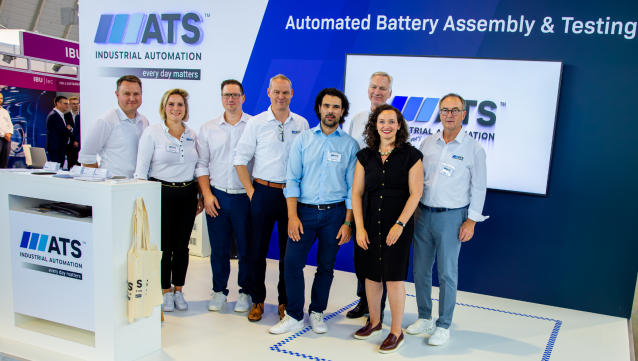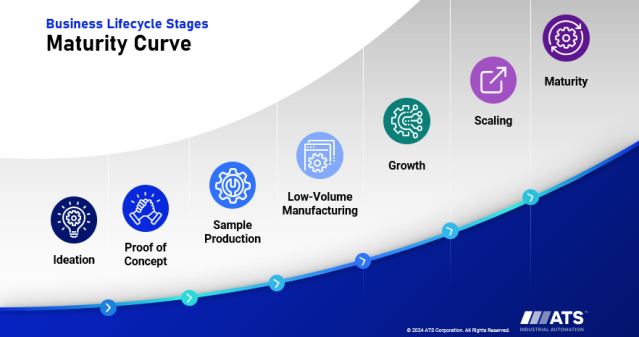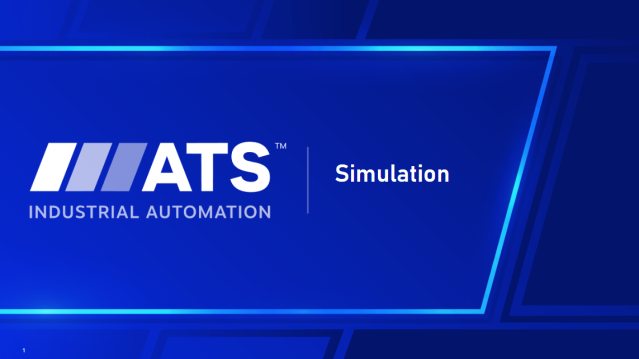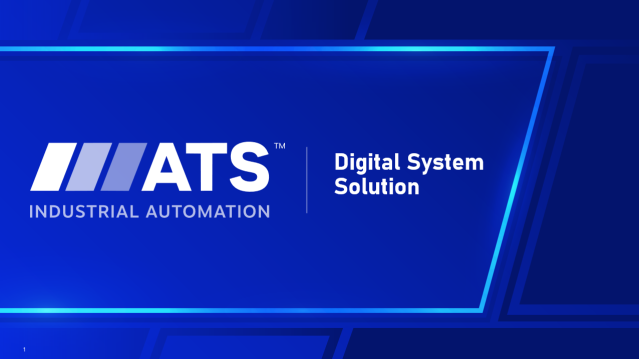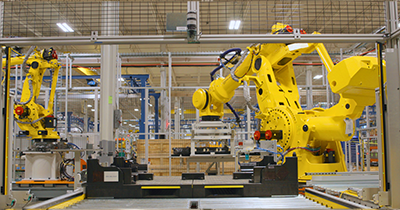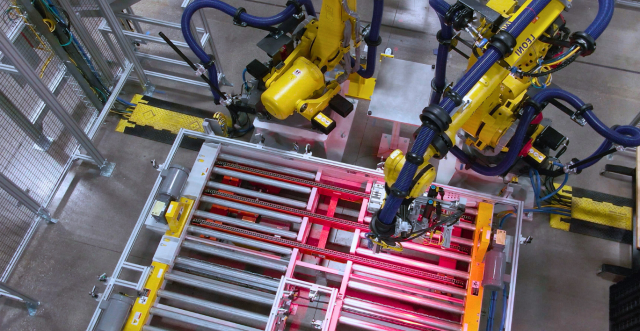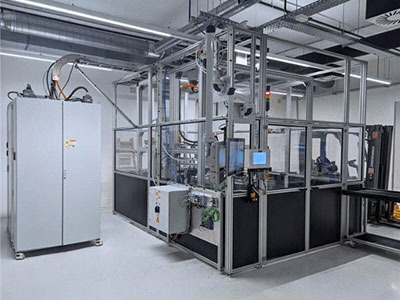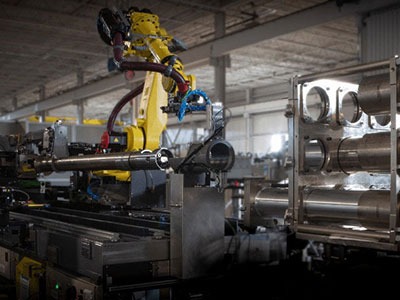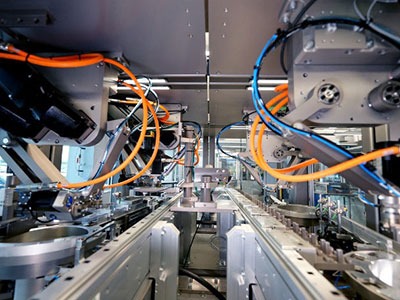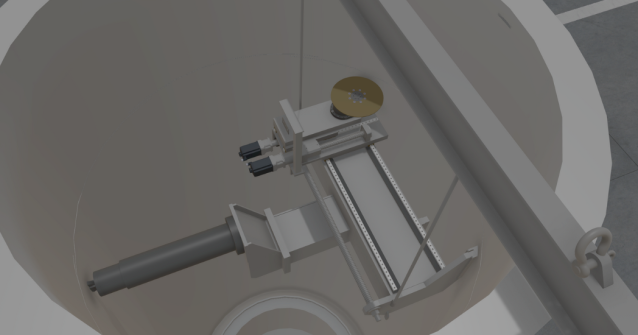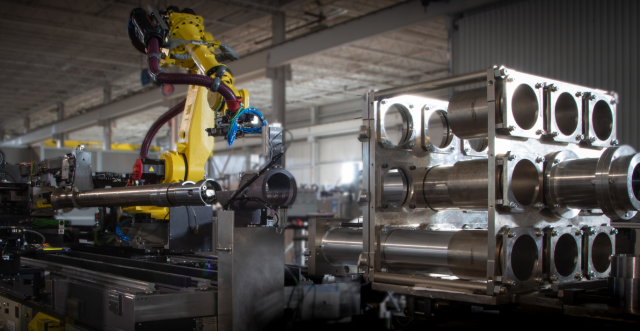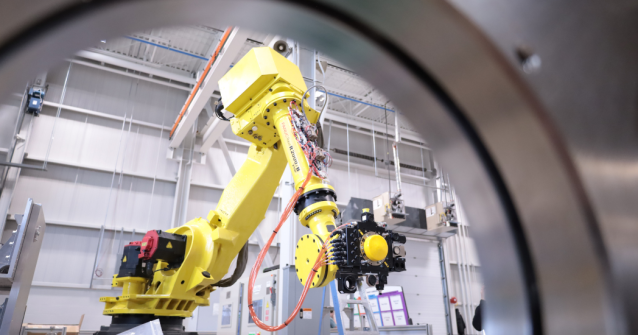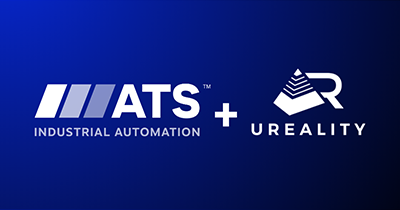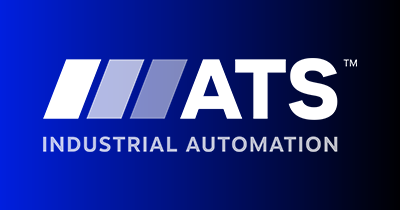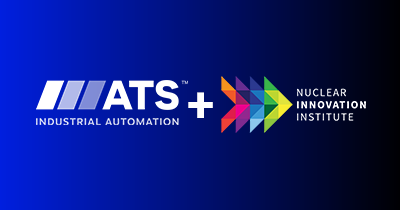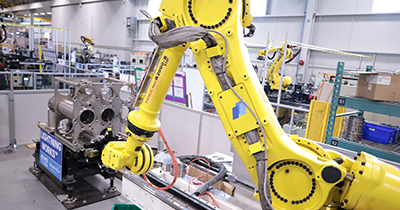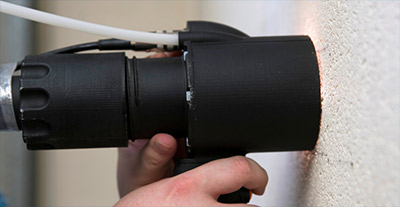
Design for manufacturability (DFM), design for assembly (DFA), and combined design for manufacturability and assembly (DFMA) are essential methodologies that focus on optimizing product designs to enhance manufacturing efficiency, reduce costs, and improve overall product quality. DFM involves creating products with manufacturing in mind, so the design can be produced easily and cost-effectively. It emphasizes minimizing the number of parts, standardizing components, and using modular subassemblies. DFA simplifies the assembly process by revealing how manufacturers can design products that are easy to join and fit together, easier to test, and reduce the number of assembly steps and assembly time. DFMA combines both DFM and DFA principles to optimize designs for both manufacturing and assembly, minimizing production time, lowering costs, and improving product reliability.
ATS leverages 30+ years of automated manufacturing and testing experience to quickly identify potential process and scaling challenges during a DFMA assessment. This proactive method allows ATS to enhance products and workflows. By addressing potential issues in the product design phase, manufacturers can avoid costly modifications and delays later in the production cycle. This also ensures the final product meets the highest quality standards, enabling manufacturers to confidently scale operations and bring products to market faster.
DFMA Helps
Reduce Costs: DFMA can minimize manufacturing expenses by reducing the number and types of parts. It can also reduce capital expenditure on automation, floor space, and procurement efforts.
Dimensional Variations and Quality: DFMA assesses dimensions and tolerances, ensuring components will fit together seamlessly and reduces the likelihood of assembly errors.
Improve Safety: DFMA can minimize the need for manual handling and assembly steps, reducing the risk of injuries.
Productivity: DFMA reduces the number of production steps and improves efficiency by identifying ways to simplify parts making them easier to assemble.
Scalability: Manufacturers can more easily transition from low-volume manual assembly to high-throughput automated workflows with DFMA, addressing challenges along the way.
Every automation project is unique. Allow us to listen to your challenges and share how automation can launch your project on time.
Our Approach to Design for Manufacture and Assembly
Leveraging decades of automation, assembly, and testing experience, ATS Industrial Automation helps manufacturers quickly identify potential process and scaling challenges during DFMA. From initial evaluations and simulations to designing and building a scalable solution, our approach empowers manufacturers to optimize processes and improve product quality.

Initial Assessment and Planning
We identify the focus areas for DFMA activities, especially for complex assemblies with tens, or hundreds of components. Then, we engage with the manufacturer’s design team to walk through the components, assembly process, cycle times, and potential changes or improvements.
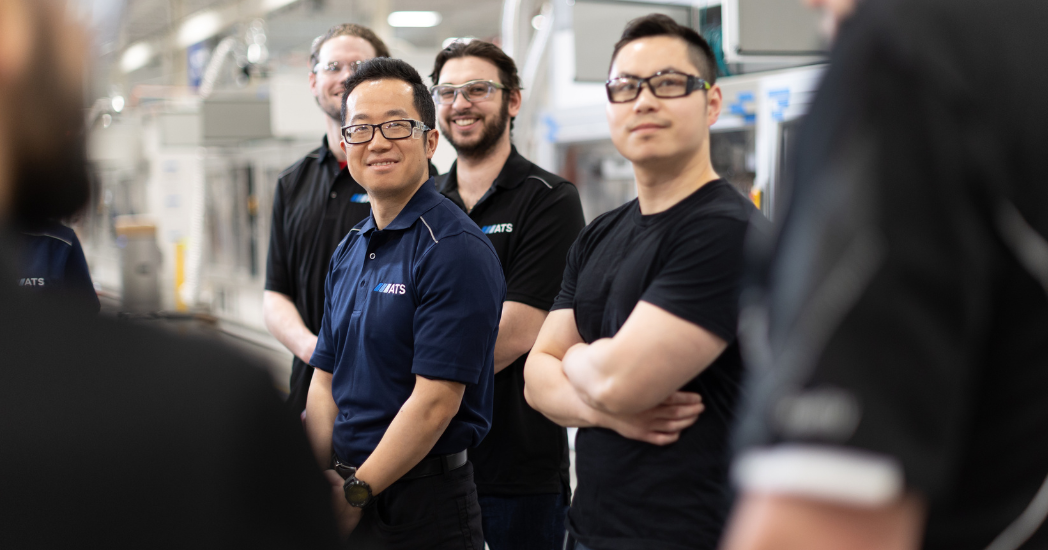
On-Site Evaluation
ATS visits the manufacturer’s site to observe the current process and understand the challenges faced with current methodologies. We also assess the product to determine the value of conducting DFMA exercises and to what extent.
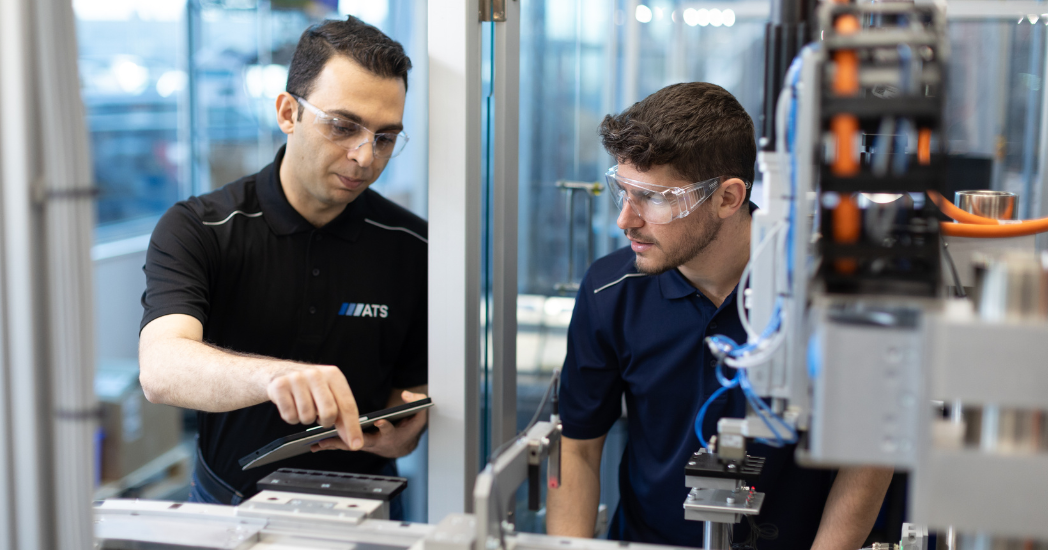
Collaborative Design and Development
We work with the manufacturer to develop a detailed plan for identifying where automation can help, and developing automated manufacturing process(es), including concept designs, 3D modeling, cycle time verifications, and proof of concept exercises to validate our assumptions.
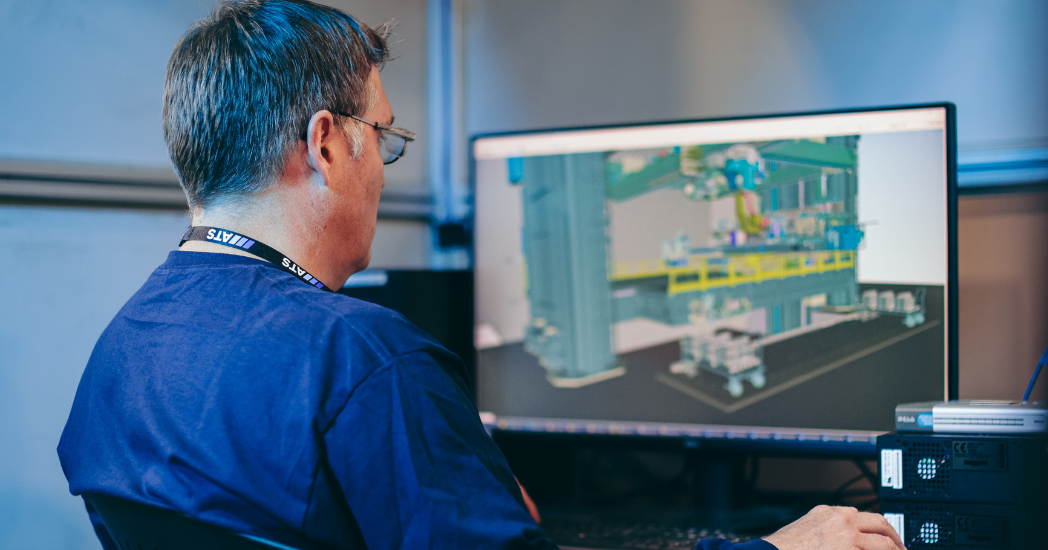
Technical Analysis and Simulation
We provide detailed feedback on recommended component changes identified during DFMA, including creating simulations and prototypes to ensure any proposed product or process changes will improve efficiency and reduce costs.

Final Reporting
We summarize our findings in a DFMA report, highlighting potential issues, and recommendations for streamlining automated assembly and test processes.
Benefits of DFMA
Comprehensive Approach
With decades of automation and testing experience, we bring a collaborative approach to DFMA. Assessments, site visits, hands-on evaluations, and detailed feedback on component designs ensure potential issues are addressed early, so manufacturers can avoid costly modifications and downstream delays.
Global Footprint
With access to over 50 manufacturing facilities and 75 offices worldwide, we can support complex projects through sophisticated resources and solutions around the globe.
Proven Methodologies
ATS uses innovative techniques such as simulations via system twins, 3D modeling, and proof of principle exercises to verify assumptions and optimize automated equipment designs.
Commitment to Quality
ATS conducts risk analysis and documentation early in design to ensure the highest standards of quality and safety. This helps manufacturers avoid potential hazards and ensure the final automated system performs reliably.


